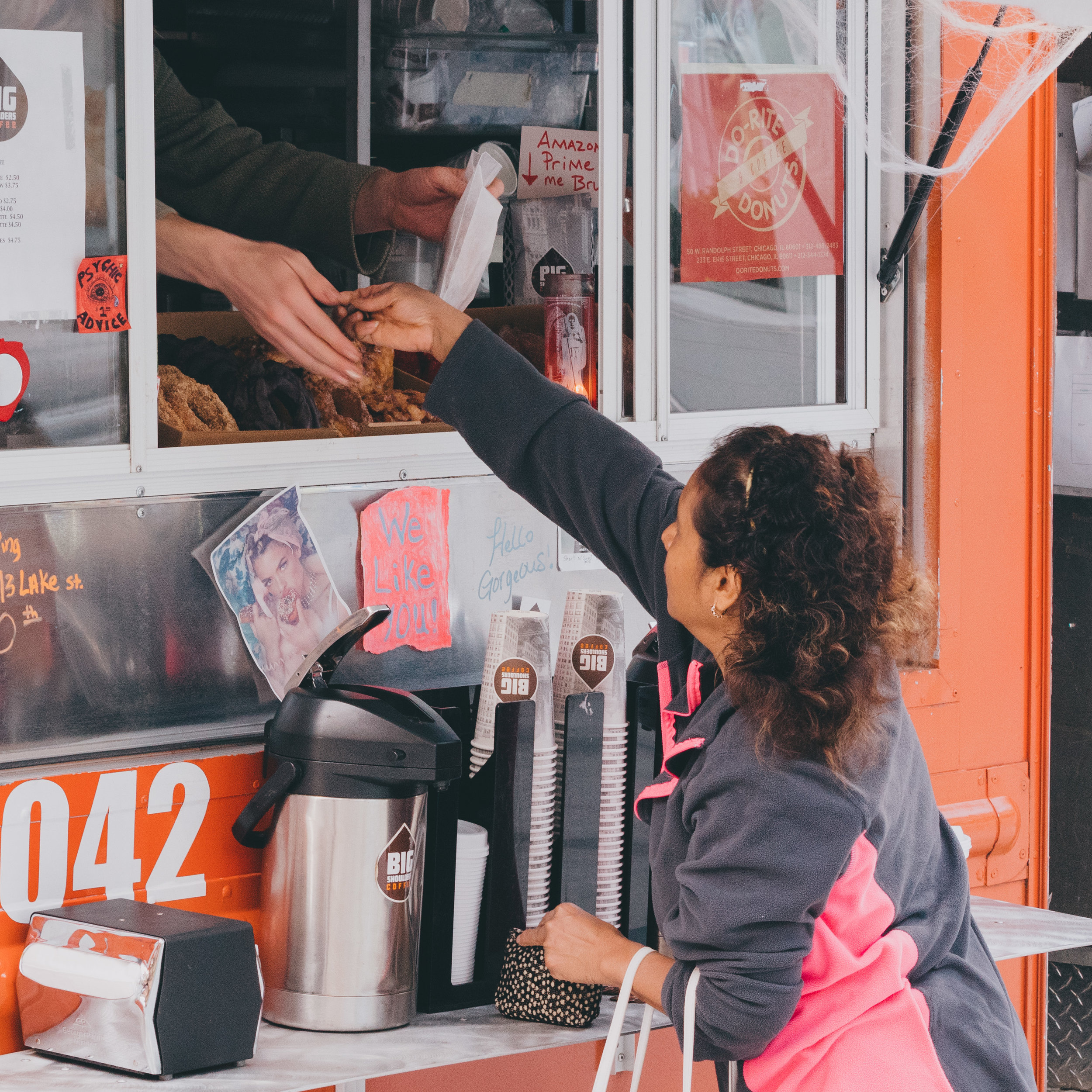When I sat down, and began the process of thinking through a website refresh, to be honest, I wasn't quite sure exactly what I wanted. As a general rule, I knew the following were important things to solve for:
The ability to show off images to give site visitors a good sense of what I can do, and the type of photographic work I excel at. This was easily accomplished with my images section.
Something that is definitively mine to write things when the mood strikes, to give the site some dynamism, and a reason for return visits. I've made this the homepage to this site. It seemed like the obvious, and ideal choice.
Beyond that, I just wanted to see where things went organically.
As I began creating content, I very quickly realized that a simple post on the homepage, that, depending on my posting frequency, might disappear into the archives rather quickly, was not the sufficient for all types of content that I'd like to share. My photography is at its best when I have a story to tell. Sometimes that's a longer trip that includes hundreds of shutter presses, hours in front Lightroom culling, and a definitive set of images that attempts to drag the viewer into my life for that period of time. Other times, a simple photo walk produces a few nice moments where the light is just right.
Stories & Vignettes
As of today, I'd like to officially announce the solve for these two problems, Stories and Vignettes.
Stories act a landing spot for longer form, more narrative-driven content. I unofficially launched this with Acadia National Park, recently, and have gotten some very good feedback. I look forward to adding stories for some of my previous travels, as well as journeys that I have yet to make.
Vignettes are as the word implies: short posts that use a combination of my words and my images to paint a picture and set a scene. My walk around the Tidal Basin was the first of such posts, and Chicago Commute is another. I look forward to experimenting with different types vignettes, and expect to have new ones often.
As my life evolves, so will this site. I look forward to the next swerve, and will look forward to meeting that challenge.




















